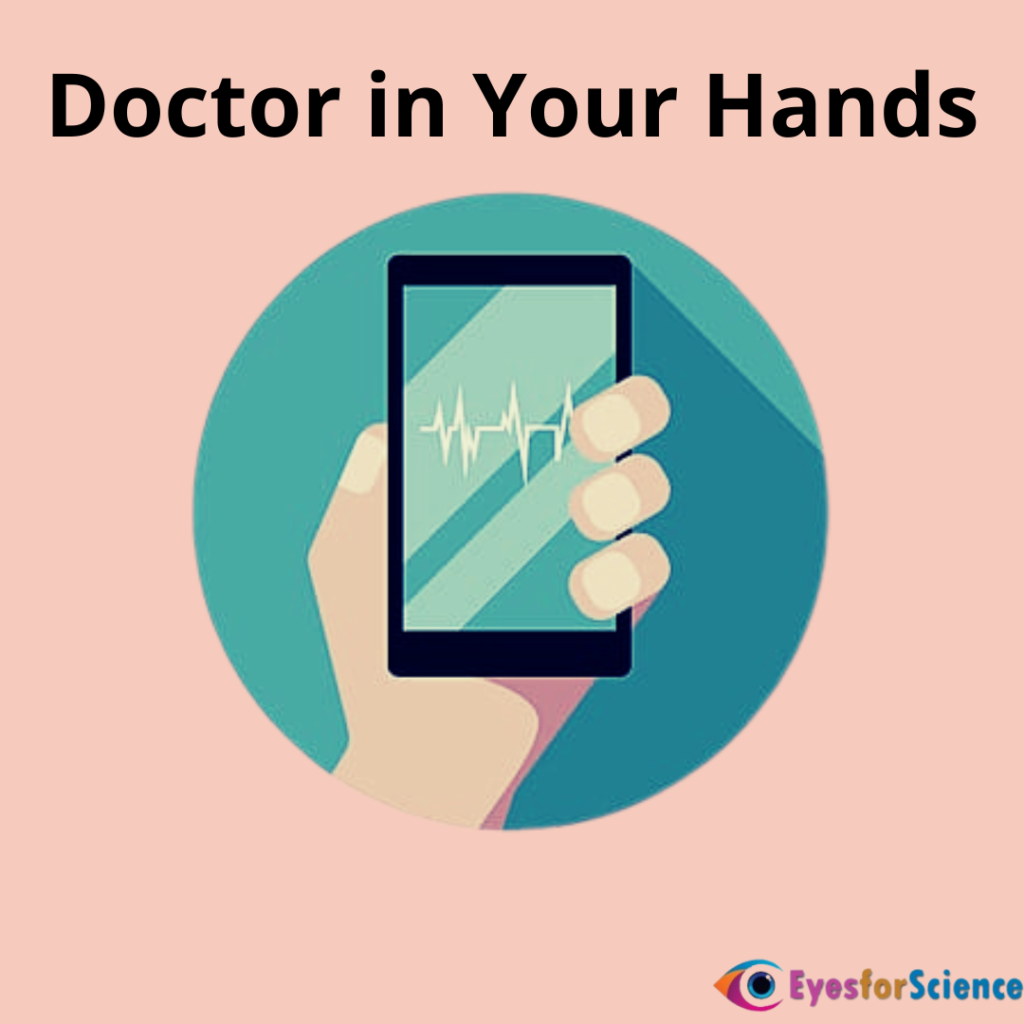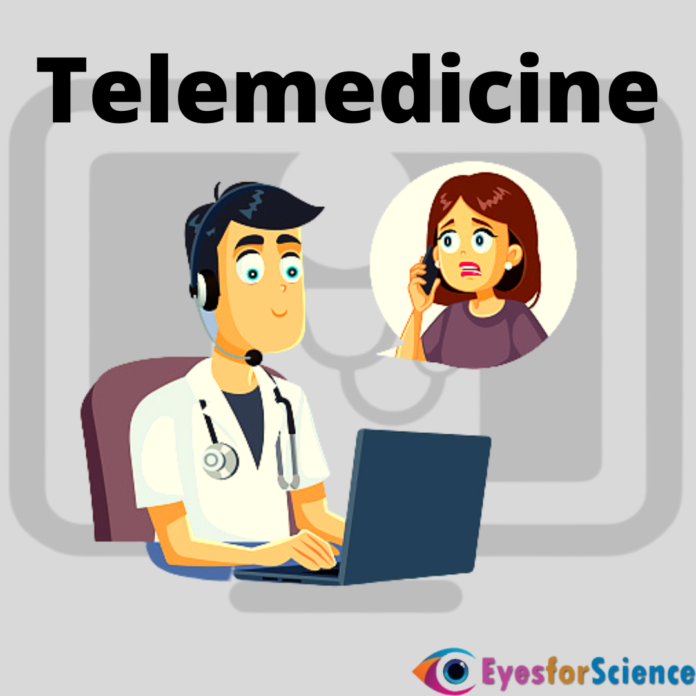What is Telemedicine in Healthcare?
Telemedicine is the method of using technology to speak with your doctor while not physically present. Telemedicine is a medical service that uses electronic information and communication technology for communication. Whereas, telehealth describes the entire set of products created to help patients and their doctors or healthcare providers.
Telemedicine is a remote control for telehealth in healthcare, and remote physical and mental rehabilitation. This improves the quality and performance of emergency services, expedites diagnosis, and lowers costs for both doctors and patients by streamlining clinical procedures and lowering travel costs to hospitals.
History of Telemedicine
- When a few hospital systems and university medical centers began looking for ways to communicate information and photos over the phone in the 1950s, what we now know as telemedicine got its start.
- Two health centers in Pennsylvania were able to send radiologic images over the phone as one of the first accomplishments.
- Early on, telemedicine was primarily utilized to link doctors treating a patient in one area with specialists in another.
- Rural or difficult-to-reach populations, where specialists aren’t always available, benefited greatly from this.
- The technology required to make remote visits remained expensive and sophisticated, limiting the strategy’s use over the next few decades.
- The practice of telemedicine underwent significant modifications with the advent of the internet age.
- The widespread usage of smart gadgets with high-quality video transmission capabilities has allowed remote healthcare to patients in their homes, places of employment, or assisted living facilities possible.
- Using telecommunications technology, telemedicine enables medical practitioners to assess, identify, and treat patients from a distance.
- Above all, in the past ten years, the method has undergone a startling metamorphosis and is now playing a larger role in the American healthcare system.

Using Telemedicine
There are various ways you can obtain medical treatments, depending on what your doctor offers. The two most typical are:
- A patient website: A patient portal protects your appointments, prescription refill requests, and correspondence from your doctor with login credentials. Your doctor can explain lab or imaging test results to you. It’s often faster than calling.
- Virtual meetings: Some doctors will accept phone calls or video conferences for appointments. So, these discussions are done with mental and behavioral health telemedicine specialists as well as urgent care facilities.
What is Telehealth Impact on Healthcare?
Telehealth can increase the efficiency, coordination, and accessibility of healthcare. Although it is still in its early stages, this field of study is growing. For instance, telemonitoring of vital signs and telephone-based care can reduce mortality and hospitalization risk and improve the quality of life in patients with heart disease. People should acquire a diagnosis or rehabilitation plan for several good reasons.
The impact of telemedicine on healthcare is very noticeable. Patients may feel more secure knowing they are getting the best care possible as a result. While on the other hand, for the treatment of mental health conditions, telehealth mental health services is a fantastic option. It removes some of the barriers that patients have in accessing this vital sort of care. Thus, solves many problems but not all.
- Above all, you can more easily determine whether you need to visit the doctor’s office by using virtual urgent care. For example, you can stay at home if you have a regular cold. Your doctor might be able to lead you through the procedure of pushing on various sections of your face to determine the source of your sinus pain.
- On the other hand, a throat culture, a physical examination, may be required for a sore throat. Or perhaps you require an injection of medicine to address your ailment.
- It is impossible to do surgery online. However, your surgeon can monitor your recuperation through telemedicine.
- Your doctor may need to perform an in-person exam to confirm your diagnosis in some cases.
So, it won’t be wrong to say that telemedicine extends patient care and treatment. It is important to know that modern technologies offer more than video conferencing for telehealth. NLP can automatically capture patient data. Crisis-response experts work remotely. The supplier stores medical device data in the cloud and after this, IoT patient management systems get data. AI aids telemedicine. Specialized treatment is provided via robotics, wearables, and remote patient tracking.
What Are the Benefits of Telehealth?
The benefits of telemedicine in healthcare are pretty great. Let us see what these are:
- Telemedicine removes the stress of patient check-in and concentrates on higher-value tasks. Online visits allow doctors to treat patients and help other practices.
- By employing electronic means to transmit diagnosis, treatment, and sickness prevention, distance is lessened.
- Comprehensive telemedicine applications can deliver high-quality care to remote areas.
- This technology improves healthcare facility quality by allowing information exchange across remote areas.
- By expanding access, underserved communities may make and keep appointments more easily. Limited-mobility patients get medical advice and medications faster.
- The benefits of telemedicine in healthcare include medication, testing, and procedures.
- Telemedicine improves sick people’s lives by minimizing the time doctors and patients spend traveling.
Also Read DNA based Fitness.
Conclusion
To ensure that patients adopt long-term lifestyle modifications, telemedicine is a useful technology for connecting clinicians with patients. After quickly and easily registering, patients will soon be able to schedule an appointment with the doctor of their choice. Patients will upload their medical histories, verification documents, medical reports, and previous prescriptions rather than typing them.








